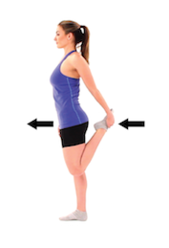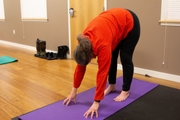Anterior Knee Pain with Running: How Can We Fix This?
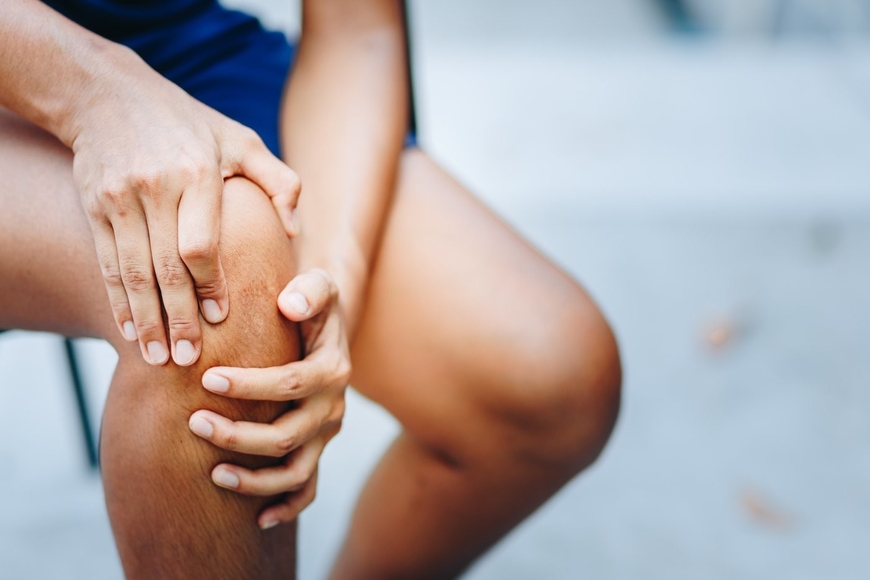
For many of us, springtime brings us opportunity to spend more time outdoors and if we’re so inclined, add more mileage to our walks and runs. Especially now, in the midst of COVID-19, we are encouraged to exercise and be outdoors (six feet apart, of course) and some of us have more time to do such things.
As clinicians at PT360, a common overuse injury we see this time of year is anterior knee pain, also known as patellofemoral pain syndrome. It is a musculoskeletal condition characterized by achy, diffuse pain along the anterior (front) of the knee. Due to the repetitive nature of running or walking, this can cause achiness along the lateral (outside) knee or the anterior knee, both of which are common to especially novice runners or walkers.
Different people get it for different reasons. The most common reasons are:
- Tight lower extremity muscles: quadriceps, hamstrings, IT band, or calves.
- Poor alignment of lower extremity or the kneecap itself.
- Poor footwear.
- Increasing mileage too quickly.
- Weakness in quadriceps.
This is diagnosed by athletic trainers and physical therapists by assessing patients’ flexibility, postural alignment, hip & trunk strength, ankle & foot strength, and dynamic & static knee abilities. Some of these things we cannot change (I'm looking at you, alignment) and but many of these factors we can. A simple addition of a stretching routine as well as some gentle hip strengthening can make a big difference in avoiding these pains, which can curtail a training plan such as preparing for a marathon if the pain is severe enough.
Below are some ideas for lower body stretches to add in. This a great starting place for anyone who has recently added more running/walking into their routine.
Calf stretches 
Stand in a split stance position, keeping the back knee straight. Lean into the wall by bending the front knee.
Progression: to stretch the deeper calf muscle, slightly BEND the back knee. If your calves are tight, you may need to step in an inch or two in order to keep your heel on the ground.
Hold for 1 minute per side
Hamstring stretches 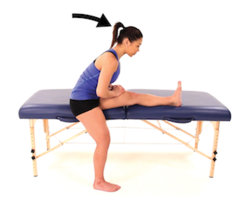
Put your lower leg on an elevated surface, such as a table or a chair. Lean forward, keeping your back straight and knee straight as well.
Hold for 1 minute per side.
Quad/Hip Flexor stretches 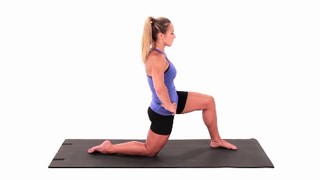
These two stretches target the anterior hip region. The key for both of these stretches is to keep your abdominal muscles tight to avoid overarching in your low back, as this will slacken tension on the hip flexors and quads.
Hold for 1 minute per side. If you need to, hold onto something for balance in order to maximize the stretch.
As your flexibility improves in these areas, building the strength is the next piece to add in. Below are a couple of classic exercises, but it may be wise to check in with a PT/AT if your symptoms are still persisting after adding in stretches
Clamshells 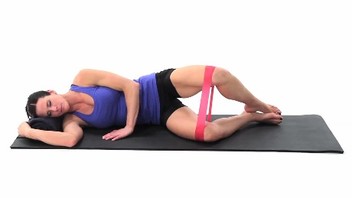
Keep the hips vertical, lift your top knee while pinning your feet together towards the ground. Hold as long as possible for 5 repetitions per side. This should fatigue the hips quickly! If these are too difficult, try doing 10-15 reps per side without holding. This exercise works the outer hip which helps us balance well on one leg, which we do (a lot of!) in running and walking.
You can start without the resistance band and then add it in when the exercise becomes easy.
Standing side leg raises 
Stand on one leg, lift the other leg away until your hip wants to raise - do not go any further! Do 10-15 repetitions per side, or 5 reps a side and hold until fatigued.
Again, start without a resistance band and then add it in when it becomes easy.

